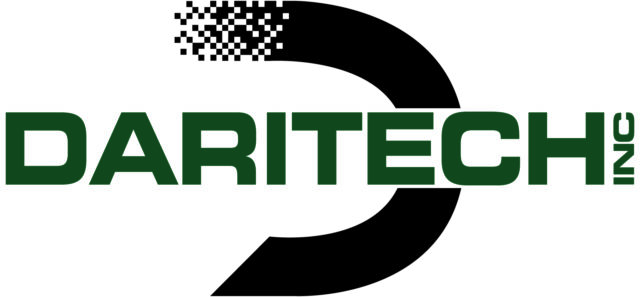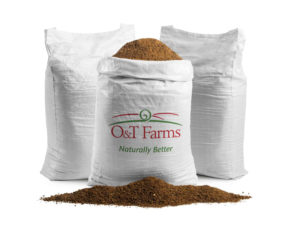Finding experienced labour for a dairy farm can be challenging. Finding an industry employee with practical, hands-on knowledge for a position can be equally challenging. Where will the labour force come from in the future? One answer might just be to involve 4-H'ers in your area through a calf-sharing program.
Frontenac County, Ontario, has a strong 4-H dairy club with exceptional, dedicated leaders who strive to teach life skills to members through their dairy program. Progressive Dairy interviewed club leader Rebecca Abrams Lamendeau about how they structure their group. Abrams provided insightful answers to encourage local youth to learn about the dairy industry through a partnership with dairy farmers.
How do you find animals for 4-H members to lease for the year?
ABRAMS: For our club, we start about the end of March, and we have our first meeting as an icebreaker meeting where we play games, learn about dairy, do some judging and play trivia – while talking about the goals and expectations for the year. We sometimes have a pizza party or other goodies for the members to make it a fun night. This is the meeting where kids can get to know each other and it's usually at a local church hall.
We encourage anyone interested to come and learn but also have parents stay for this meeting, especially if they are new to dairy, so they can see what the commitment will be for the summer.
In 4-H here, members don't have to decide on a club until the second meeting, so we tell them to come and learn before making a commitment.
Once we know who is going to show for the year we try to pair up new members who have never participated in dairy with farms who are close to them. Our county is large, so we need to factor in what is manageable for parents and who is willing to drive a distance to work with their calves. We have really excellent leaders who loan out calves to members to borrow. These leaders will also help a member find a calf from a local farm near the member.
Our local farmers are also great to take on members who are keen and many do this as well. Senior members who are interested in doing well for the year will also search out their own calves across the province with farms who are looking for a good showperson to lead their animals. The older members often start doing this through networking connections they have built if they have done well in previous years. Some start looking and working with calves as soon as the TD 4-H Classic is over.
What are some deadlines that youth and families need to be aware of?
ABRAMS: Calves have to be entered into the Ontario 4-H database by June 1 in order to be eligible to show out of county. If a member isn't sure if they want to go to that level, we as leaders can make exceptions with the county association and they can miss this deadline, but they would not be able to compete past our local Achievement Day in September. This exception just allows them to complete their club for the year. This doesn't happen a lot, as we always try to get everyone a calf by June 1.
We have these discussions with members, as we know each member in our club has different end goals for their show year, so it's important we know these goals. In our club, we encourage each member to attend one or two other shows throughout the year before they get to Achievement Day as a practice for both them and their calf.
Do they take the animals to their home or farm, or do the calves stay at the host farm?
ABRAMS: This depends on who the members show for, and it's up to the farmowners. We encourage each member to have this discussion, so they know what is expected of them for the year with the farmowner. In our club, most go to the farm, as they wouldn't have anywhere to keep the animal.
How do you decide who pays what expenses?
ABRAMS: This is also up to the farmowner and the member, and we encourage each member to have these discussions at the start of the year so they know what they need to pay for and what shows and other events the owner will let the members attend.
In your club, how many people own their animal, and how many lease a calf?
ABRAMS: In our club, less than half of our club lives on a farm or owns their own calves. Some members have a relative who owns a farm and lends calves, but of our 31 members last year, only 14 lived on farms and had access to a calf from their place. The rest borrowed, had a relative who owned a farm or purchased their own calf. Even of the 14 who lived on farms, some of those members also purchased calves or borrowed from another farm. We often find most members had a connection with a farm at some point that did help them get interested in 4-H, such as if they worked for a farm, it's their neighbour or a relative.
When it comes to showing at the TD 4-H Classic, what percentage of your club comes from a farm?
ABRAMS: In Frontenac, our team had nine members, including our alternate. And, of those nine, only three members came from a farm, and only one of those members showed a calf that was not purchased. The rest of the team was paired with local farms when they started 4-H through a connection.
Do calf borrowing programs vary throughout Ontario?
ABRAMS: Each county follows the 4-H Ontario guidelines and program, but they all run a bit differently depending on the size of the county and how the leaders work together. The counties are also grouped into regions, so it's common to compete against members all year at local shows from counties in your region. You wouldn't necessarily show against members from farther away until you get to the Classic – unless a member starts to attend the bigger shows like the Ontario Summer Show. We as leaders encourage this, but it's also up to the farmowners as to where they want to send the calf.
Whether youth have a rural or urban background, if they and their families are willing to learn the dedication, work ethic and animal skills to participate in the dairy project, sharing a calf with local youth may turn out to be just what keeps them in the dairy industry in the future.










